The latest surveillance tech from Israel “will open a new era in data interception,” says the CEO of profitable but troubled snoop supplier Ability. It’s sitting on the “golden key of surveillance” with a $20M product.
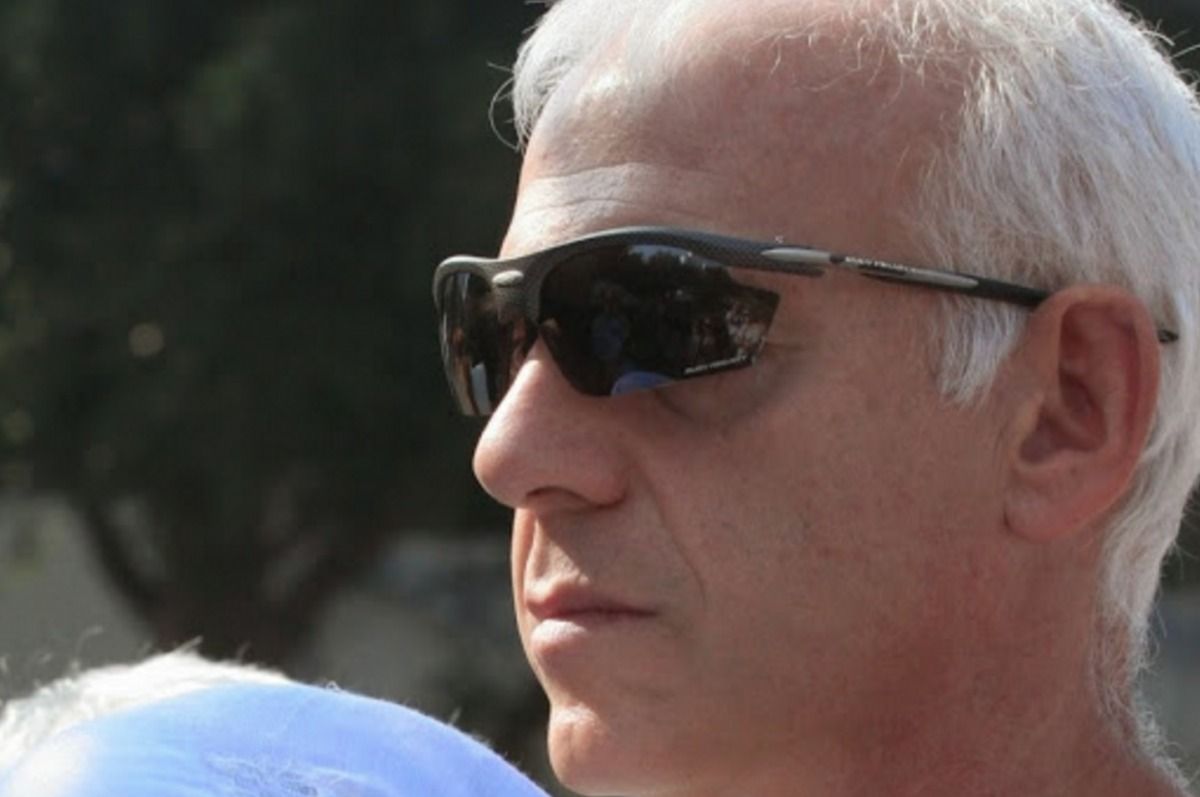

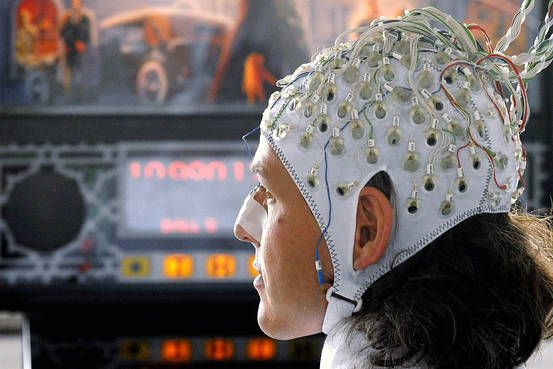

Perhaps it’s serendipitous, then, that the machines have finally arrived. Truly smart, truly impressive robots and machine learning algorithms that may help usher in a new Green Revolution to keep humans fed on an increasingly mercurial planet. Think satellites that automatically detect drought patterns, tractors that eyeball plants and kill the sick ones, and an AI-powered smartphone app that can tell a farmer what disease has crippled their crop.
Forget scarecrows. The future of agriculture is in the hands of the machines.
A Digital Green Thumb
Deep learning is a powerful method of computing in which programmers don’t explicitly tell a computer what to do, but instead train it to recognize certain patterns. You could feed a computer photos of diseased and healthy plant leaves, labeled as such. From these it will learn what diseased and healthy leaves look like, and determine the health of new leaves on its own.

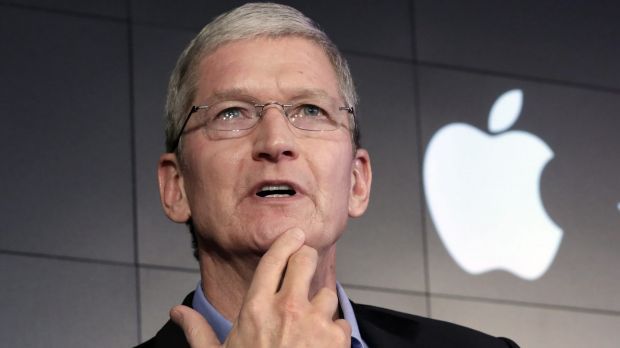
While Amazon, Google, and Microsoft are moving forward with nextgen technologies such as VR & AR, QC, bio & nano technologies, etc used to advance areas such as Singularity and longevity.; Apples going bigger in the entertainment and media space.
Even if Apple never made an actual move to buy Time Warner, a tentative approach shows that the iPhone maker is serious about getting into media content.
Eddy Cue, who’s in charge of iTunes and Apple Music, brought up the idea of a possible deal with Time Warner corporate strategy head Olaf Olafsson in a meeting late last year, according to a person familiar with the situation. While the two never started negotiations, Time Warner, which owns HBO and the Warner Brothers studio, is on the top of the list of media companies Apple would buy should it eventually commit to the content business, the person said.
As iPhone sales slow, Apple is under pressure to show that it can grow in other areas, particularly in services. Chief Executive Officer Tim Cook has emphasised the expansion of non-hardware businesses such as music, the App Store and iCloud as a way of stabilising revenue.

Temporary concept; however, those first alerts (aka help me; I fallen and can’t get up) already covers this plus with the direction we’re going with BMI in the next 5 years this will not be needed.
What if you could dial 911 by squeezing your smartphone in a certain pattern in your palm? A different pattern might turn the music on or flip a page on the screen.
New software developed by University of Michigan engineers and inspired, in part, by a Batman movie, could give any smartphone the capacity to sense force or pressure on its screen or body. ForcePhone offers new ways for people to command their mobile devices.
The software could also enable users to push a bit harder on a screen button to unlock a menu of additional options, similar to right-clicking with a mouse. The developers envision these and many other uses for their technology, which could offer the masses a coveted feature of the latest generation of smartphones.
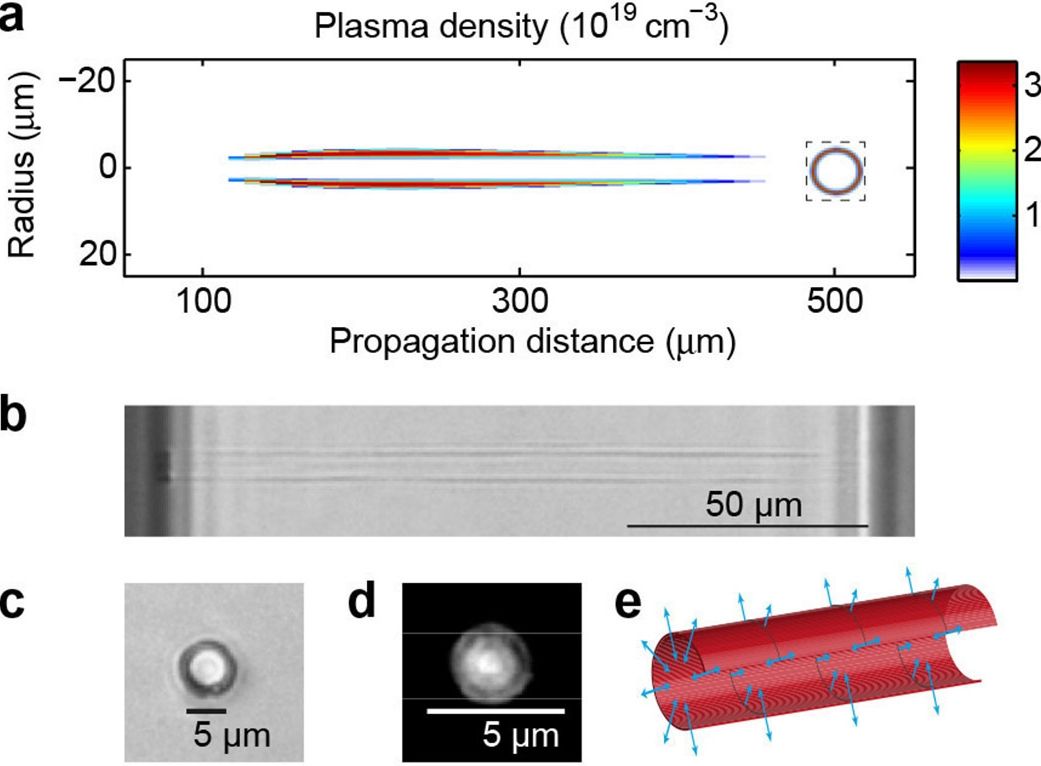
Non-diffracting Bessel vortex beams exhibit diverse propagation regimes in glass that can be observed with a novel imaging strategy.

High-power femtosecond pulses have become a key tool in processing of transparent materials (e.g., glass and sapphire) for the present and the next generation of consumer electronics.1 Associated major industrial challenges include high-quality and high-speed cutting of screen glass for smartphones, camera windows, or drilling of through-vias (vertical interconnect access) in interposers for the circuitry of 3D electronic chips. Ultrafast laser pulses (on picosecond or femtosecond timescales) allow for structuring transparent materials with high levels of accuracy. When the laser pulses propagate into the transparent dielectrics, they usually undergo high distortions.2 These distortions arise because of the nonlinear Kerr self-focusing effect and because of the interaction of the pulse with the plasma, which the pulses generate in the material. The propagation is therefore highly nonlinear and prevents uniform energy deposition along the beam propagation.
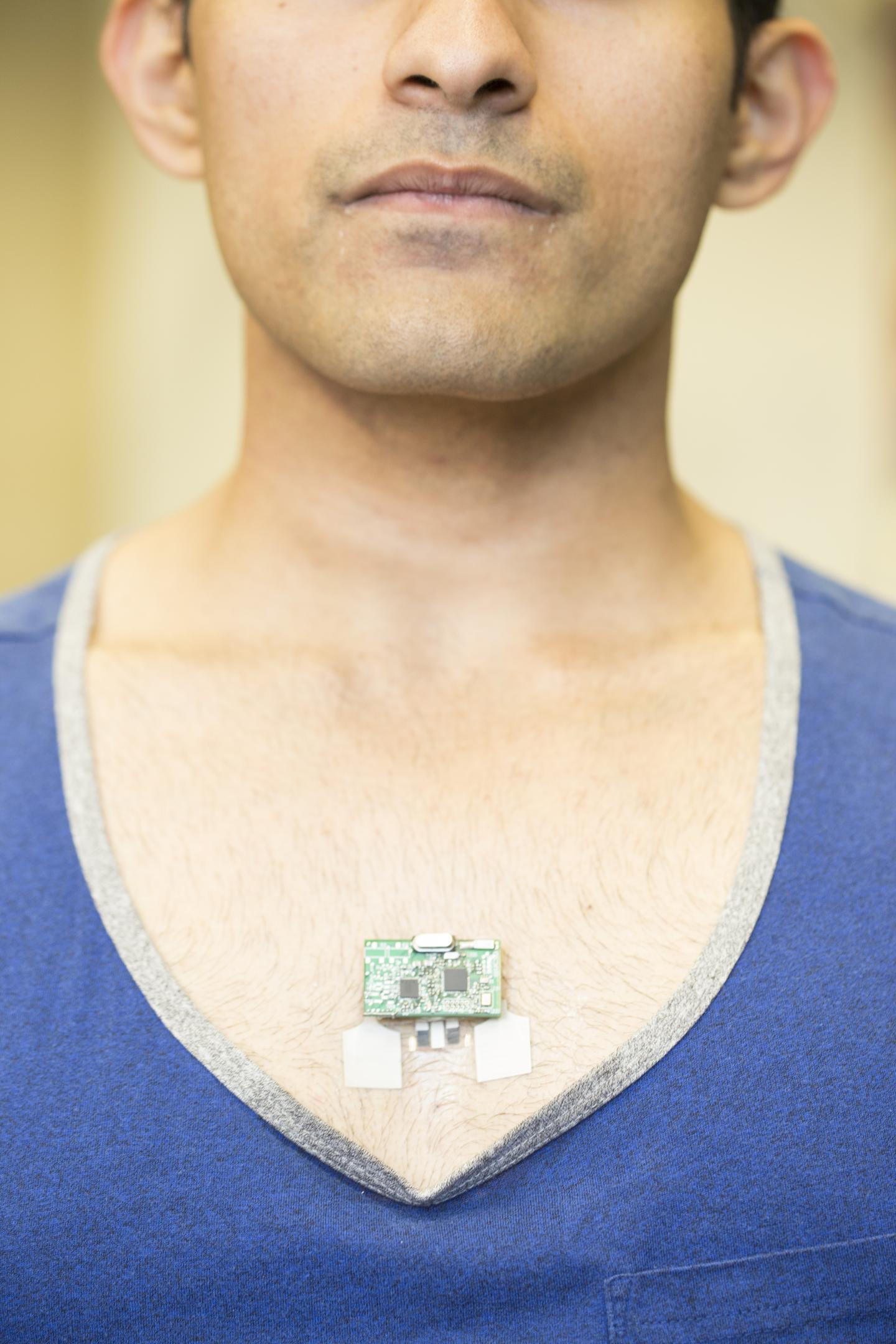
Engineers at the University of California San Diego have developed the first flexible wearable device capable of monitoring both biochemical and electric signals in the human body. The Chem-Phys patch records electrocardiogram (EKG) heart signals and tracks levels of lactate, a biochemical that is a marker of physical effort, in real time. The device can be worn on the chest and communicates wirelessly with a smartphone, smart watch or laptop. It could have a wide range of applications, from athletes monitoring their workouts to physicians monitoring patients with heart disease.
Nanoengineers and electrical engineers at the UC San Diego Center for Wearable Sensors worked together to build the device, which includes a flexible suite of sensors and a small electronic board. The device also can transmit the data from biochemical and electrical signals via Bluetooth.
Nanoengineering professor Joseph Wang and electrical engineering professor Patrick Mercier at the UC San Diego Jacobs School of Engineering led the project, with Wang’s team working on the patch’s sensors and chemistry, while Mercier’s team worked on the electronics and data transmission. They describe the Chem-Phys patch in the May 23 issue of Nature Communications.
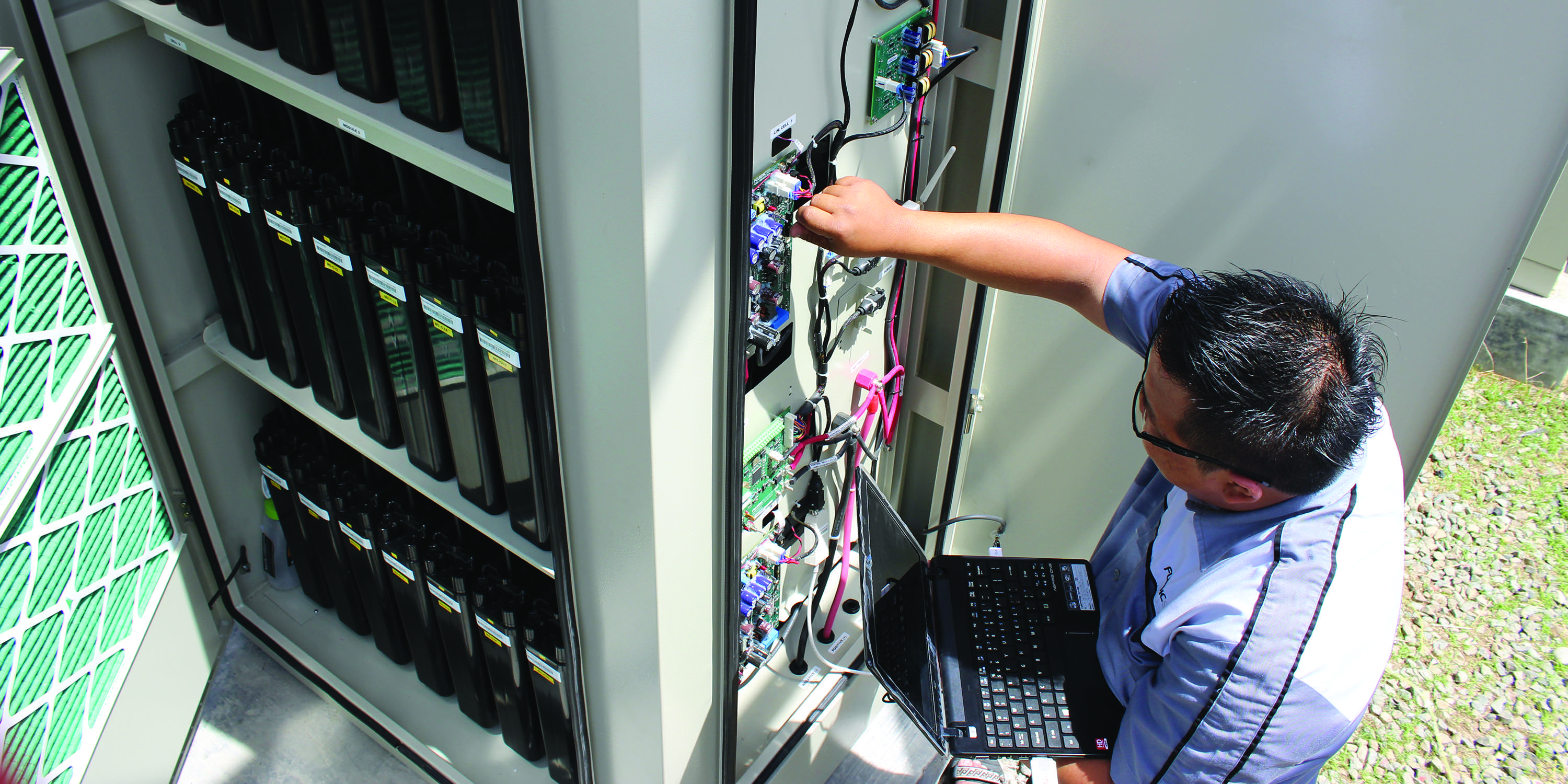
Got to luv this.
Is this brand new type of battery the key to clean energy and off-grid electricity?
Lithium-ion batteries are having a moment. After becoming the de facto battery in laptops and cell phones over the years, they’re now starting to power electric cars (like those made by Tesla) and plug into the power grid.
But lithium-ion batteries aren’t the only battery type in town. Some brand new battery varieties could actually be more promising than lithium-ion when it comes to storing energy generated by solar panels or used to power remote villages in Africa, India, and Asia.
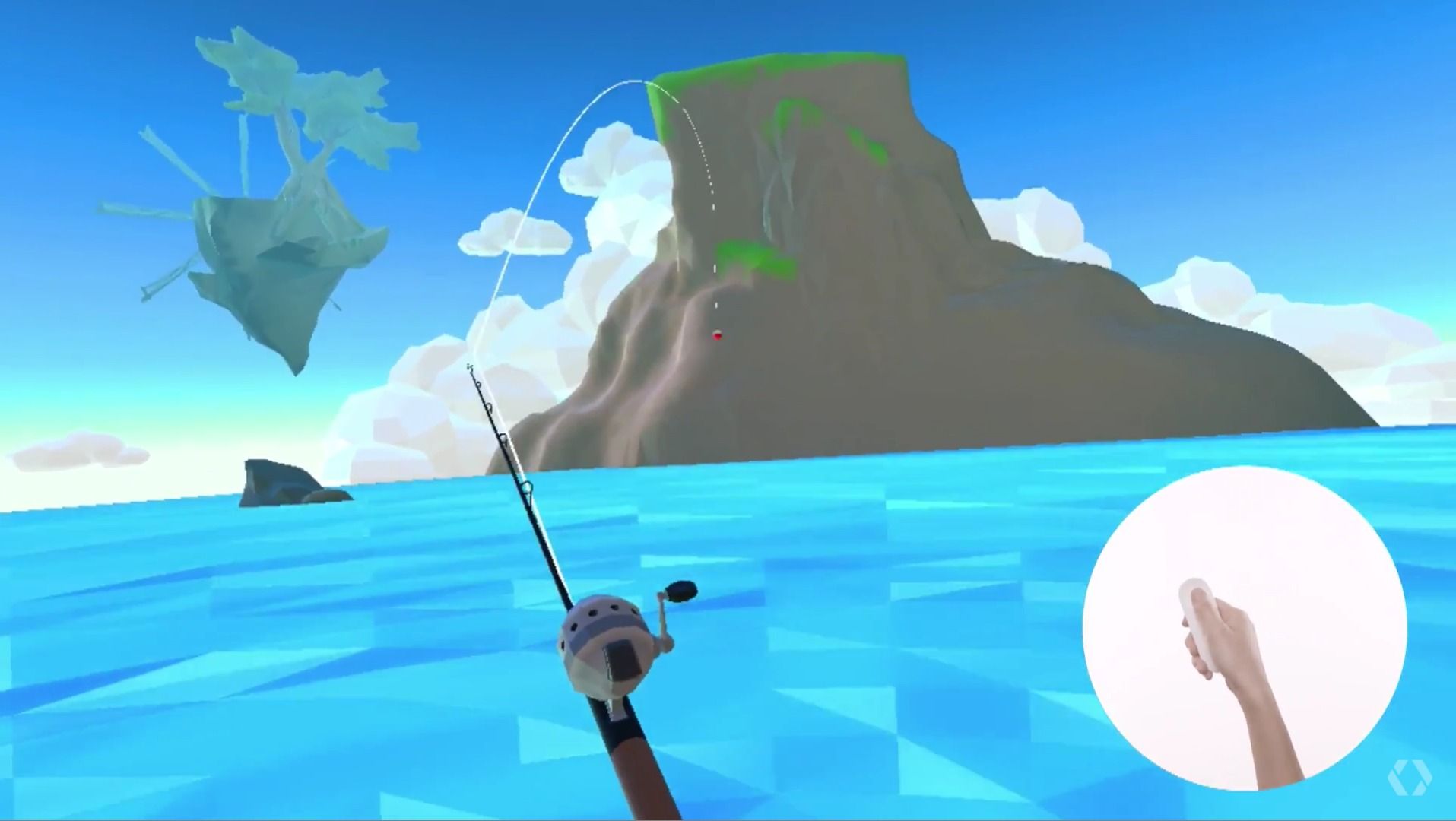
On Thursday, Google, a unit of Alphabet Inc.
At first, it will also only run on a select number of devices — most of which are touch-enabled (think Google’s own Chromebook Pixel, the Asus Chromebook Flip and Acer’s R11).
Like numerous other announcements Google made at its I/O developers conference this week, the Android apps integration feature won’t be available for users until this fall. For the layman, that means that while you may be able to install Android apps, some of them might not be ideal until developers eventually get around to making things work correctly. You’ll be able to make a Skype call, work with Office files, be productive offline, and play games like Minecraft or Hearthstone.